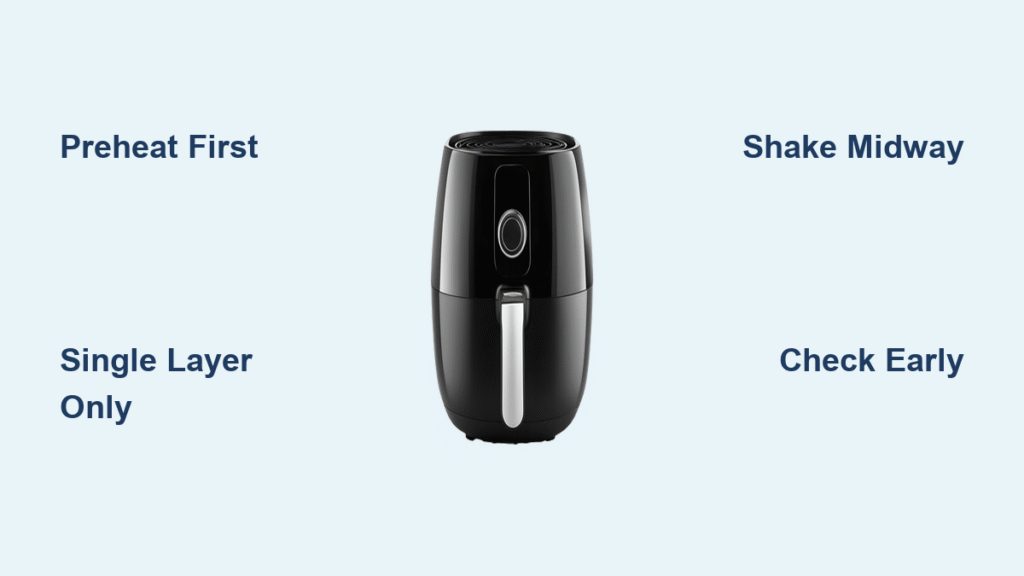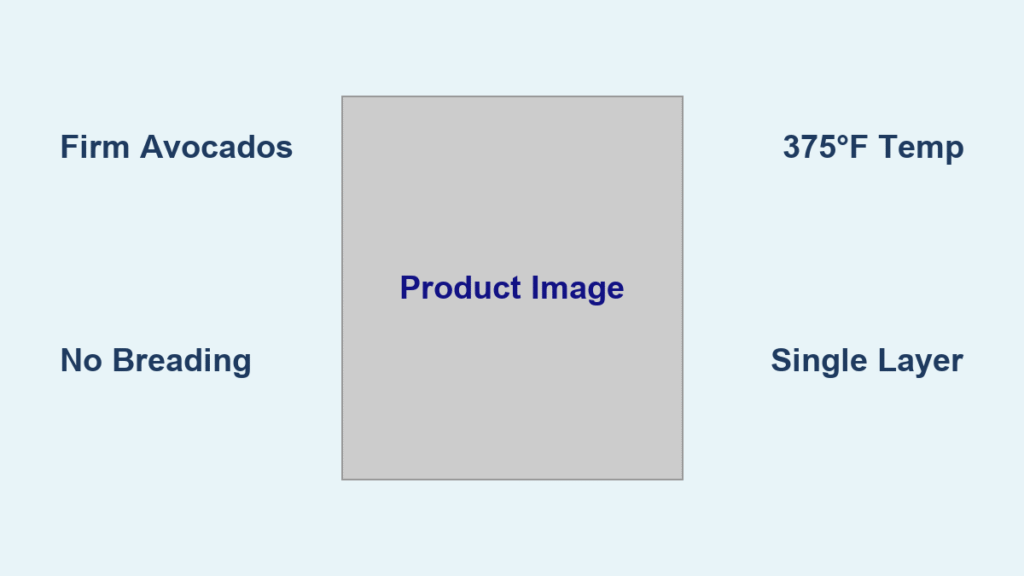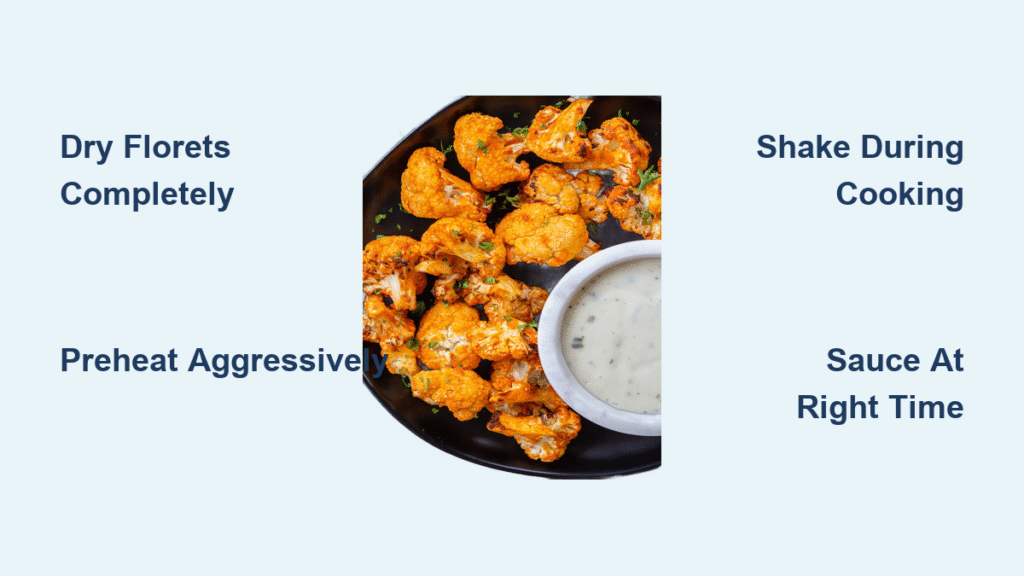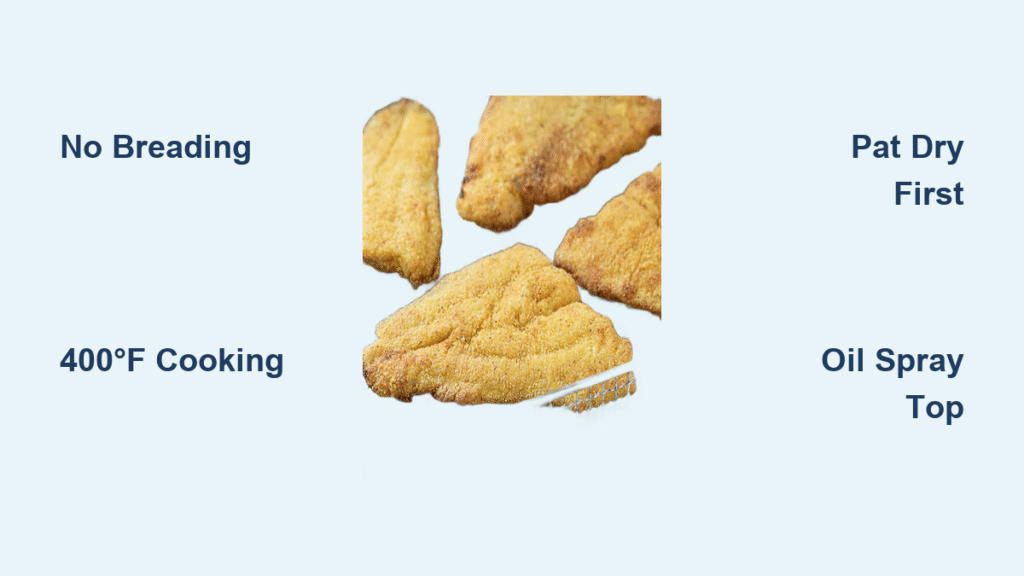That sinking feeling when you dig into leftover fries only to find them cold and limp? It happens to the best of us. But what if you could transform yesterday’s soggy McDonald’s shoestrings or last night’s steak fries into golden, crispy perfection in under five minutes? The secret lies in your air fryer’s powerful convection system—no more greasy stovetop mess or disappointing microwave results. When moisture migrates from the potato’s interior to the crust during storage, your air fryer reverses the damage by driving off surface water while reactivating dormant fry oil. This simple method works for every fry style from fast-food chains to homemade wedges, cutting reheating time by 70% compared to oven methods.
Stop wasting food and money on replacement fries. By mastering these air fryer techniques, you’ll consistently achieve that elusive crunch while reducing food waste. You’ll learn exactly why preheating is non-negotiable, how to adjust for sweet potato fries’ delicate sugars, and the single mistake that turns fries rubbery. Most importantly, you’ll never settle for soggy leftovers again—your air fryer can resurrect even day-old fries into something worthy of a diner menu.
Preheat Air Fryer for Instant Crisp Transformation
Why Skipping Preheat Guarantees Soggy Fries
Preheating creates immediate high-heat contact that seals fry surfaces on contact. When you dump cold fries into a cold basket, trapped moisture steams the potatoes instead of crisping them—resulting in that dreaded rubbery texture. The empty basket needs 3-5 minutes at temperature to establish proper air circulation. This critical step ensures surface moisture evaporates instantly rather than soaking into the crust. Think of it like dropping food into hot oil versus cold oil—without preheating, you’re essentially “cold-frying” your leftovers.
Exact Preheating Protocol for Perfect Results
Set your air fryer to 375°F for standard fries or 350°F for thicker cuts like steak wedges. Run it empty while you prep your fries—this small investment prevents texture disasters. For best results, place a thermometer probe in the basket during preheating; many models run 15-20°F cooler than displayed. If your air fryer lacks temperature control, run it at maximum setting for 5 minutes. During this time, arrange your fries on a plate and blot any visible condensation with paper towels. This preparation ensures every fry gets direct contact with the hot circulating air the moment it enters the basket.
Prepare Fries Using the Single-Layer Principle

Why Overcrowding Creates Soggy Disaster Zones
Spreading fries in one even layer is non-negotiable for crispness. When fries overlap, they trap steam between surfaces—turning your batch into a moist sauna that softens the crust. A 5.8-quart basket handles exactly one heaping cup of medium-cut fries per batch. If you’re reheating a large order, work in multiple small batches rather than forcing everything in at once. The visual cue? You should see basket mesh between every fry. This maximizes surface area exposure to the hot air, which is essential for driving off moisture.
Strategic Oil Application for Maximum Crunch
A light spritz of neutral oil (avocado or canola) enhances crispness by improving heat conduction, but it’s often unnecessary. If using oil, apply only ½ teaspoon maximum after fries are loaded in the basket—never before. Too much oil creates greasiness while too little does nothing. For fast-food fries already high in fat, skip oil entirely. Sweet potato fries benefit most from this step due to their lower natural oil content. Always spray while fries are cold in the basket; applying oil to hot fries causes splattering and uneven coverage.
Moisture Removal Tactics for Refrigerated Fries
Blot extremely soggy fries with paper towels before loading—especially those stored in sealed containers where condensation forms overnight. This step matters most for thick-cut fries that trap moisture in their crevices. For waffle or crinkle fries, gently roll them between towels to reach hidden pockets. Never skip this if your fries feel damp to the touch; that extra moisture becomes steam during reheating, sabotaging crispness. If fries are only slightly damp, a single shake in a dry colander suffices.
Temperature & Timing Guide by Fry Type

Thin Shoestring Fries (McDonald’s Style)
350-390°F for 2-4 minutes
These delicate fries reheat fastest but burn easily. Start at 350°F for extra-thin varieties. Shake basket once at the 1-minute mark. Watch closely through the window—when edges turn translucent golden, they’re done. The critical mistake? Not checking early enough. At 390°F, they can go from perfect to charcoal in 30 seconds.
Standard Cut French Fries
350-400°F for 3-5 minutes
Most restaurant and homemade fries fall here. Begin checking at 3 minutes by pulling a fry from the back (coolest spot). Ideal texture has audible crunch when bitten, with no soft spots. For frozen par-cooked fries, add 30 seconds to the timer. If reheating seasoned fries, reduce temperature by 15°F to prevent spice burning.
Thick Cuts: Steak, Waffle & Wedges
350-390°F for 5-6 minutes
These require extra time for heat penetration. Shake twice—at 2 and 4 minutes—to expose all surfaces. For waffle fries, position the basket so ridges face upward for maximum air exposure. If reheating wedges with skin, place cut-side down initially for better browning. Add 30-second bursts only after the 5-minute mark—earlier extensions cause dryness.
Sweet Potato Fries
360-375°F for 4-6 minutes
Their natural sugars caramelize rapidly, requiring lower temperatures. Never exceed 375°F—higher temps cause blackening. Shake once at 3 minutes. The visual cue for doneness? Deep orange color with slight blistering, but no dark brown spots. For extra-crispy results, toss with ¼ tsp cornstarch before reheating.
Step-by-Step Reheating Process
Preheat Empty Basket for Thermal Shock
Run your air fryer at target temperature for 3-5 minutes with no food inside. This creates the thermal shock needed to instantly evaporate surface moisture. Set a timer—preheating longer than 5 minutes wastes energy without benefits.
Load Fries Without Overcrowding
Place fries in basket with visible space between each piece. For medium cuts, limit to one heaping cup per batch. Gently separate tangled fries with tongs—never force them apart once loaded. Position thicker cuts cut-side down for initial contact.
Apply Oil (If Using) Strategically
Spray or brush oil only on exposed surfaces facing upward. Rotate basket 180 degrees after application to ensure even coverage. Use oil sparingly—excess pools in basket crevices causing smoke.
Cook with Midpoint Shake
Set timer for minimum time in your category. At halfway point, quickly shake basket to expose new surfaces. Listen for the sizzle—this indicates active crisping. If no sizzle, increase temperature 15°F for next batch.
Check Texture Before Extending
Test one fry from the basket’s center (coolest spot). Perfect texture snaps cleanly when bent. If soft, continue in 30-second bursts—never add full minutes. Overcooking creates hard, dry fries that taste stale.
Serve Within 60 Seconds
Fries lose 40% of their crispness in the first minute after removal. Transfer immediately to a wire rack (not a plate) to prevent steam buildup. Season now if desired—salt adheres best to hot surfaces.
Troubleshoot Common Reheating Failures
Still Limp After Cooking
Cause: Overcrowded basket or temperature below 350°F
Fix: Reheat half the quantity at 375°F for 4 minutes, shaking twice. For stubborn cases, blot fries with paper towel mid-cook.
Exterior Burns Before Interior Heats
Cause: Temperature too high for thickness
Fix: Lower to 350°F and extend time to 6 minutes. Place a small oven thermometer in the basket to verify actual temperature.
Dry, Overcooked Texture
Cause: Skipping preheat or excessive oil
Fix: Reduce time by 1 minute next batch. Add ¼ tsp water to basket before cooking to introduce minimal steam.
Uneven Browning Patterns
Cause: Inconsistent shaking or uneven layer
Fix: Shake basket twice—once at 1/3 and 2/3 of cooking time. Rotate basket 180 degrees during second shake.
Pro Tips for Consistent Crispness
Batch Size Optimization
Never fill basket more than 1/3 full for thick cuts. Two thin batches always outperform one overloaded batch. For large quantities, reheat in sequence while keeping finished batches warm in a 200°F oven.
Season After Reheating
Salt and spices stick best to hot, slightly oily surfaces. Toss immediately with flaky sea salt or garlic powder—seasoning applied before reheating burns and turns bitter.
Storage Impact on Reheat Success
Refrigerate fries in shallow containers with paper towel layers between portions. This absorbs condensation, preserving texture for up to 3 days. Avoid sealed plastic bags—they create a moisture trap. For best results, use within 48 hours.
Final Note: Master these air fryer techniques and you’ll transform cold, forgotten fries into crispy treasures faster than delivery arrives. Your perfect reheating sequence—preheat, single layer, 375°F for 3-5 minutes—delivers restaurant crunch while cutting food waste. Remember to check texture early, especially with thin fries, and always serve immediately. Next time you face leftover fries, skip the microwave despair and reach for your air fryer—you’ve got this down to a science. For more revival techniques, explore our guides on reheating pizza or reviving day-old burgers using the same convection principles.





